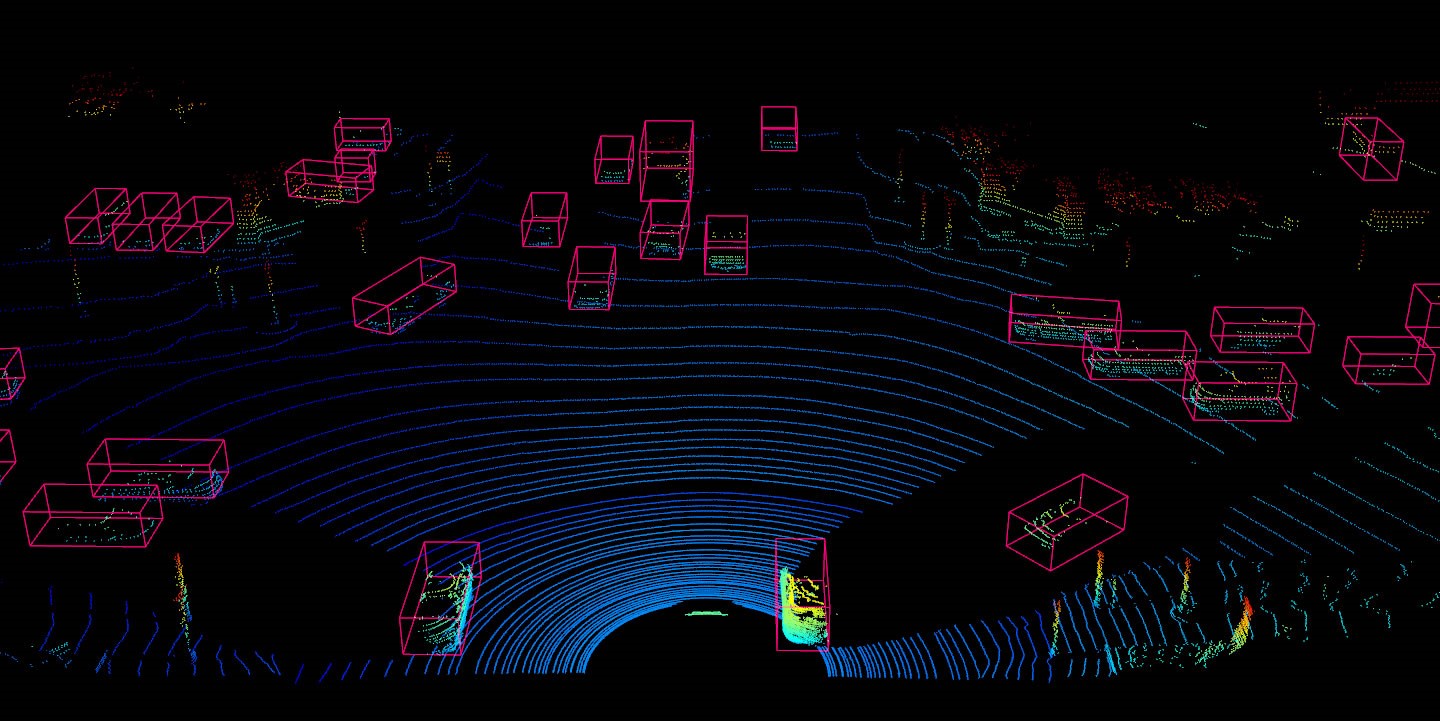Renesas Electronics Corporation, a premier supplier of advanced semiconductor solutions, continues to accelerate the development of advanced driver assistance systems (ADAS) systems with a new Perception Quick Start Software based on its R-Car V3H system-on-chip (SoC). The solution delivers reference software for camera obstacle detection (COD), LiDAR obstacle detection (LOD), and road feature detection (RFD) – three key recognition areas for sensor-based Level 2+ autonomous vehicle systems.
The R-Car V3H SoCs deliver a combination of high computer vision performance and artificial intelligence processing at low power levels, providing an optimized embedded solution for automotive front cameras in Level 2+ autonomous vehicles. To achieve state-of-the-art recognition technology, Renesas designed the SoCs with dedicated hardware accelerators for key algorithms including convolutional neural networks, dense optical flow, stereo disparity, and object classification.
The new perception software provides an end-to-end pipeline reference for developers working with these complex yet cost-effective and power-efficient accelerators, which allows customers to kickstart their application design whether they are experts at using the accelerators or have limited experience. The reference software covers input from sensor or recorded data, all stages of processing and display output on a screen.
“Specialized hardware accelerators play an essential role in achieving the computer vision performance and accuracy required in embedded ADAS and autonomy applications while still meeting stringent in-vehicle power consumption limits; however, the complexity of these accelerators can present a steep learning curve,” said Tim Grai, Director of Automotive Advanced Systems Innovation Department, Renesas. “With the new Perception Quick Start Software, we are able to offer a set of application software along with the underlying primitives to simplify the use of these complex accelerators needed to achieve embedded ADAS.”
Key Capabilities of the Renesas Perception Quick Start Software:
- The COD reference software uses convolutional neural network (CNN) IP, a computer vision engine (CV-E), and image rendering (IMR) technology to detect 2D objects such as cars, trucks, buses, and pedestrians. The COD achieves approximately 30 frames per second (FPS).
- The LOD software uses CNN-IP and CV-E to detect 3D objects, including cars and trucks. The LOD achieves approximately 15 FPS with 3D bounding boxes at 50 meters.

- The RFD reference software uses CNN-IP, CV-E, IMR, and a versatile pipeline engine (IMP) to identify drivable free space, lanes (crossable and uncrossable), road boundaries, and distances to lanes and nearest objects to support NCAP 2020. The RFD achieves approximately 30 FPS.
 Figure 3 RFD Example
Figure 3 RFD Example
For more information, visit: renesas.com







